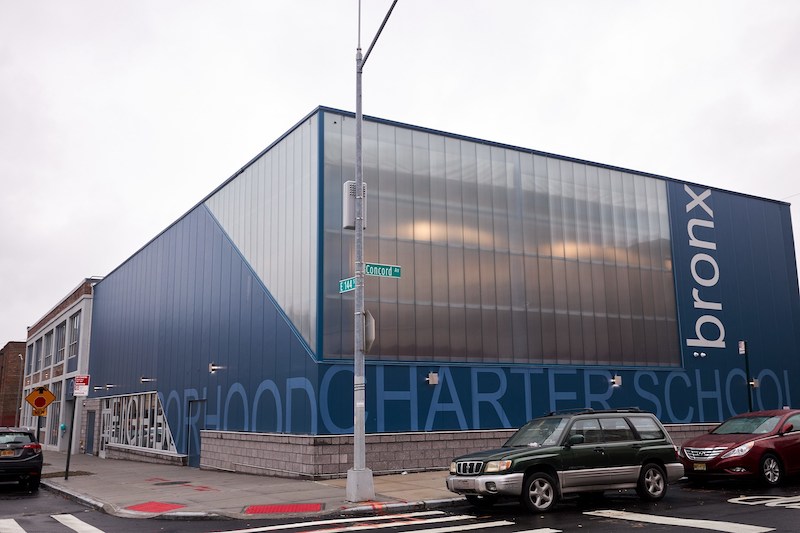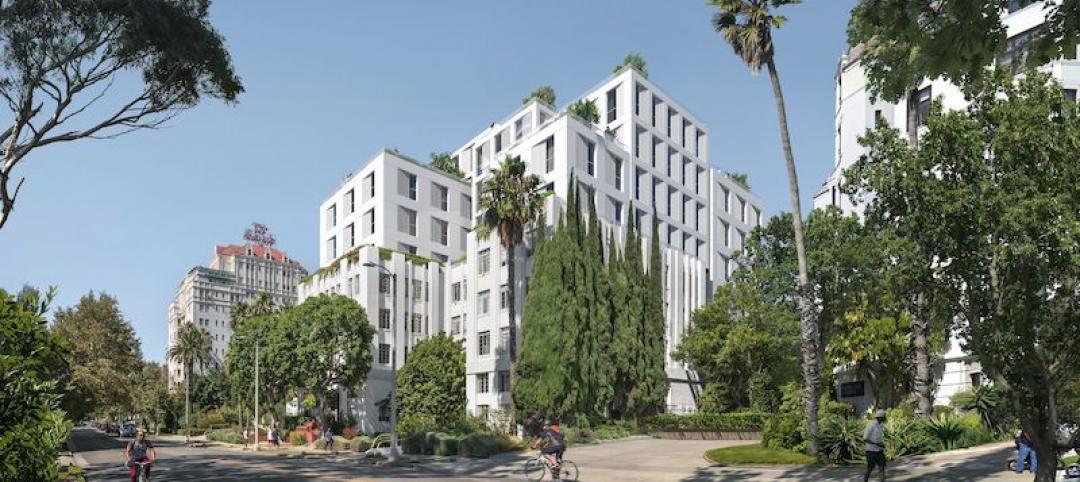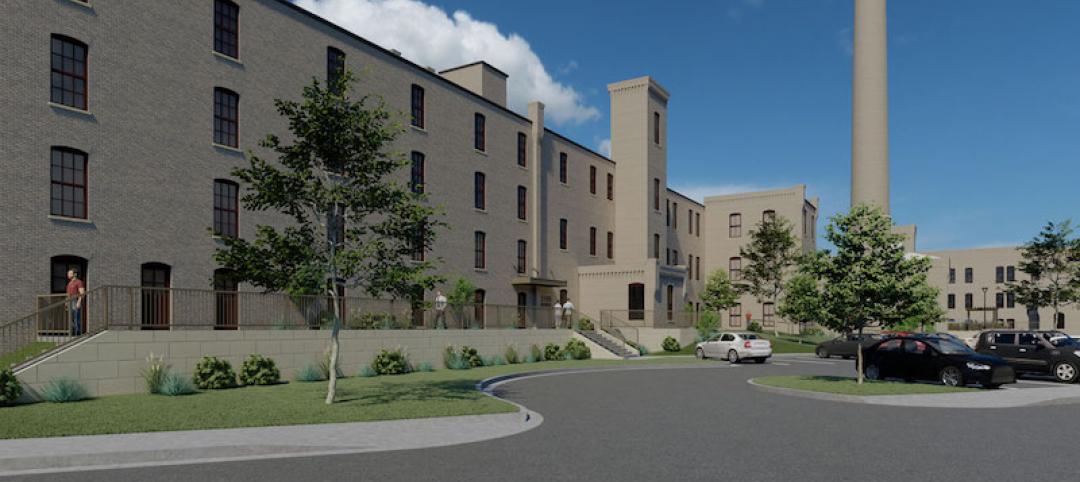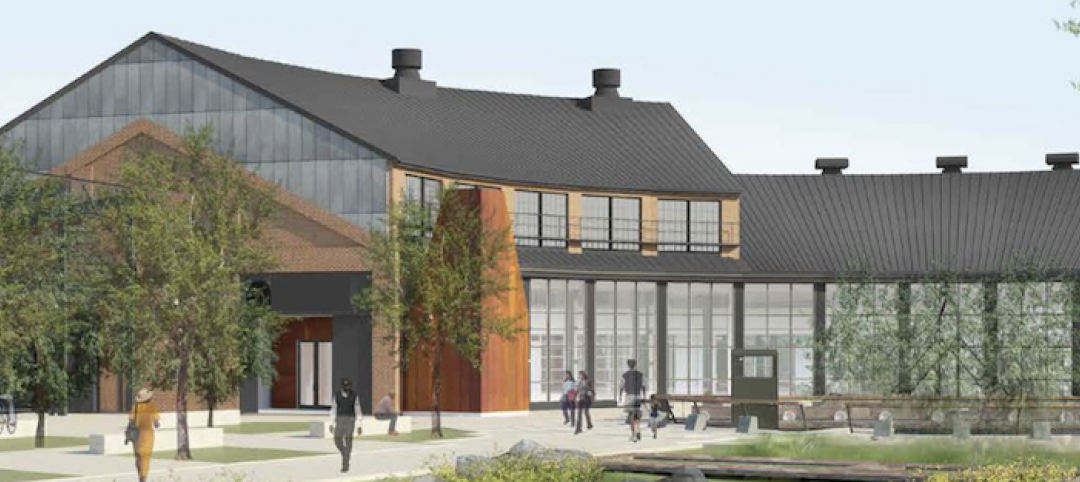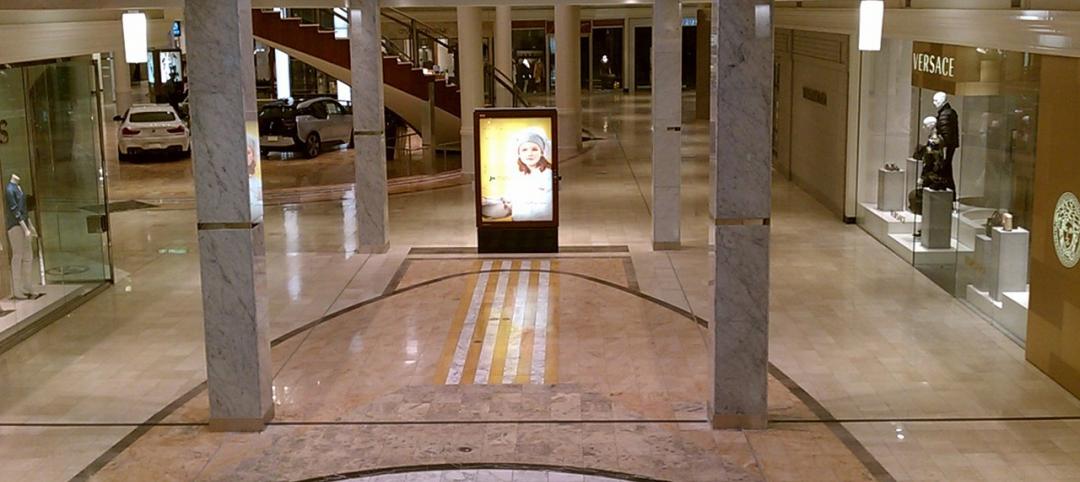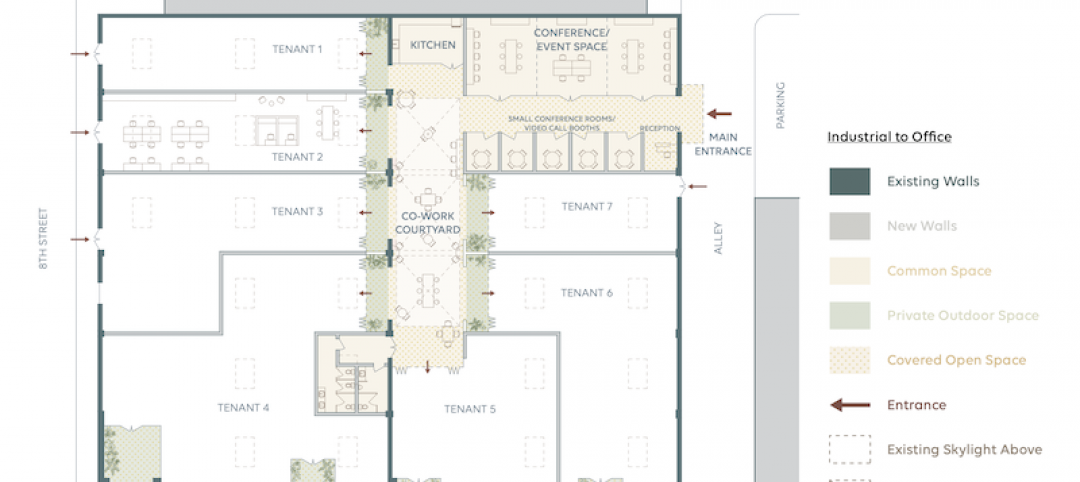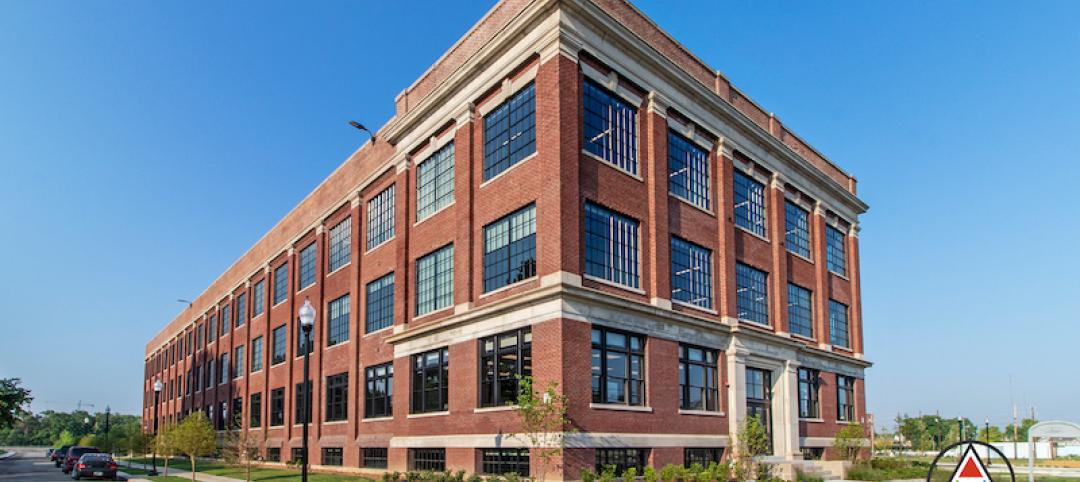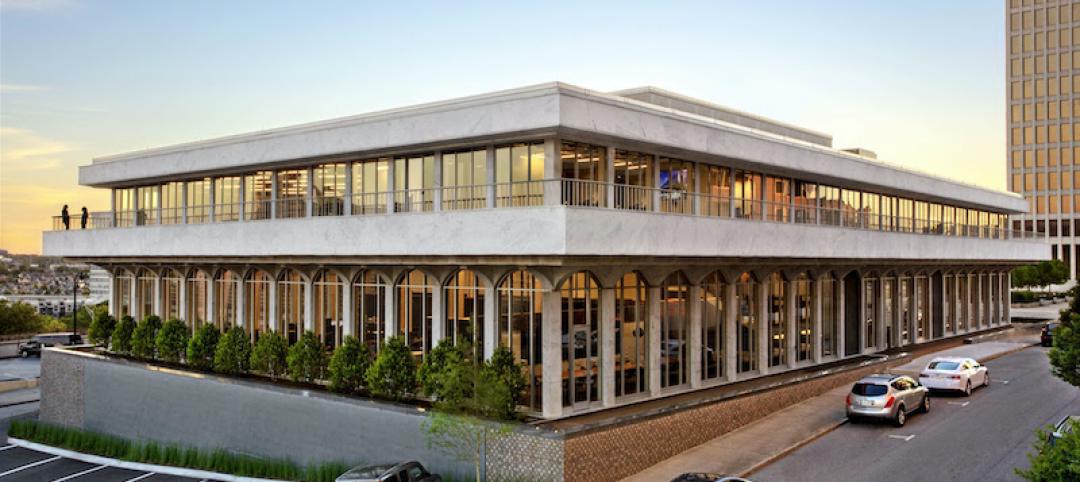A nexus of growing demand for charter schools and a pandemic-driven increase in commercial vacancies is presenting adaptive reuse opportunities to developers and AEC firms.
Charter schools are the fastest-growing sector of U.S. education, with California, Florida, and Texas leading the pack. One in five students in Arizona is enrolled in a charter school.
There are more than 3.3 million students enrolled in 7,500-plus charter schools in 44 states, the District of Columbia, Puerto Rico, and Guam, with a waiting list of nearly 2 million more, according to the National Alliance for Public Schools, a leading nonprofit dedicated to the advancement of the public charter school movement.
Finding real estate “has always been a challenge” for charter school owner-operators, says Mark Medema, Managing Director of the Alliance’s Charter School Facility Center. In response, more charter schools are finding homes in repurposed commercial spaces that, in many cases, were vacated by tenants during the coronavirus pandemic that led companies, cities, and states to impose occupancy restrictions.
So in San Antonio, a charter school now fills an empty grocery store; in Austin, a vacant Costco has been repurposed; in New York, two floors of a public housing complex in Harlem now serve as a charter school.
Medema says that empty retail space is presenting the greatest opportunity, as charter schools typically need 30,000 to 50,000 sf of space, and sometimes much more. He notes that in the Dallas market, a charter school took over the lease of a shopping mall’s anchor store that closed.
A TURNKEY REPOSITIONING APPROACH
The Alliance has also been watching how the real estate consulting firm Transwestern has been helping its clients in urban centers return to their offices. The Alliance and Transwestern have joined forces to devise a turnkey solution that leverages high vacancy rates in certain markets and product types to address the need for more educational space.
Casey Noel, Transwestern’s Vice President-nonprofit advisory services, says old warehouses in urban markets are being transformed into charter schools. “The conversion costs are relatively low, and the zoning can be conducive,” says Noel. He adds that certain municipalities offer developers community facility density bonuses, which fit how charter school repositionings often build out. “Owners and developers are looking for ‘buildabilty,’ ” he says.
Transwestern starts this process as a consultant, interacting with charter school boards and finding suitable real estate. Its knowledge of city and state policies, as they pertain to charter schools and real estate conversions, is invaluable, says Noel. Transwestern’s involvement ends when a school signs a lease.
AN ‘IDEAL’ TENANT
Noel says that it takes at least 18 months to convert a warehouse into a charter school, although the conversion period for any space depends on size, location, and the condition and adaptability of the property.
Medema thinks that developers should be jumping at the chance to reposition vacant commercial space as a charter school. “Charters are ideal tenants because they produce a steady revenue stream, are government funded, have stable enrollments, and are almost recession proof.”
The Alliance’s objective is to foster the option of a charter school education to every family that wants it for their children. Medema doesn’t envision charter schools ever surpassing public school, but he does see their market share—currently at around 6.5% of all public-school students—hitting or even exceeding 10% eventually.
Related Stories
Adaptive Reuse | Feb 24, 2021
Adaptive reuse project brings co-living space to Los Angeles’s Hancock Park
Lorcan O’Herlihy Architects is designing the project.
Adaptive Reuse | Feb 14, 2021
Three adaptive reuse projects will add housing in Wisconsin
Historic tax credits helped pave the way, but preservation required creative solutions.
Multifamily Housing | Jan 20, 2021
Abandoned Miami hospital gets third life as waterfront condo development
The 1920s King Cole Hotel becomes the Ritz-Carlton Residences Miami in the largest residential adaptive reuse project in South Florida.
Adaptive Reuse | Dec 17, 2020
A train engine repair building is turned into an innovation center that’s part of a massive riverfront redevelopment in Pittsburgh
The adaptive reuse of the Roundhouse is the latest step forward for Hazelwood Green.
Adaptive Reuse | Oct 26, 2020
Mall property redevelopments could result in dramatic property value drops
Retail conversions to fulfillment centers, apartments, schools, or medical offices could cut values 60% to 90%.
Adaptive Reuse | Oct 22, 2020
A Los Angeles design firm reimagines urban workplaces, multifamily buildings, and warehouses
Omgivning conjures varieties of adaptive-reuse concepts.
Adaptive Reuse | Jul 29, 2020
Two Indianapolis schools find new digs in a long-dormant factory
Adaptive reuse preserved many of the building’s original features.
Coronavirus | May 18, 2020
Will empty hotels provide an answer for affordable housing shortage?
A Los Angeles-based startup sees the Midwest as most fertile for adaptive reuse.
Adaptive Reuse | Feb 25, 2020
Hastings Architecture creates its new HQ from a former Nashville Public Library building
The building was originally constructed in 1965.
Mixed-Use | Jul 18, 2019
POST Houston mixed-use development will include a five-acre “skylawn”
OMA is designing the project.


